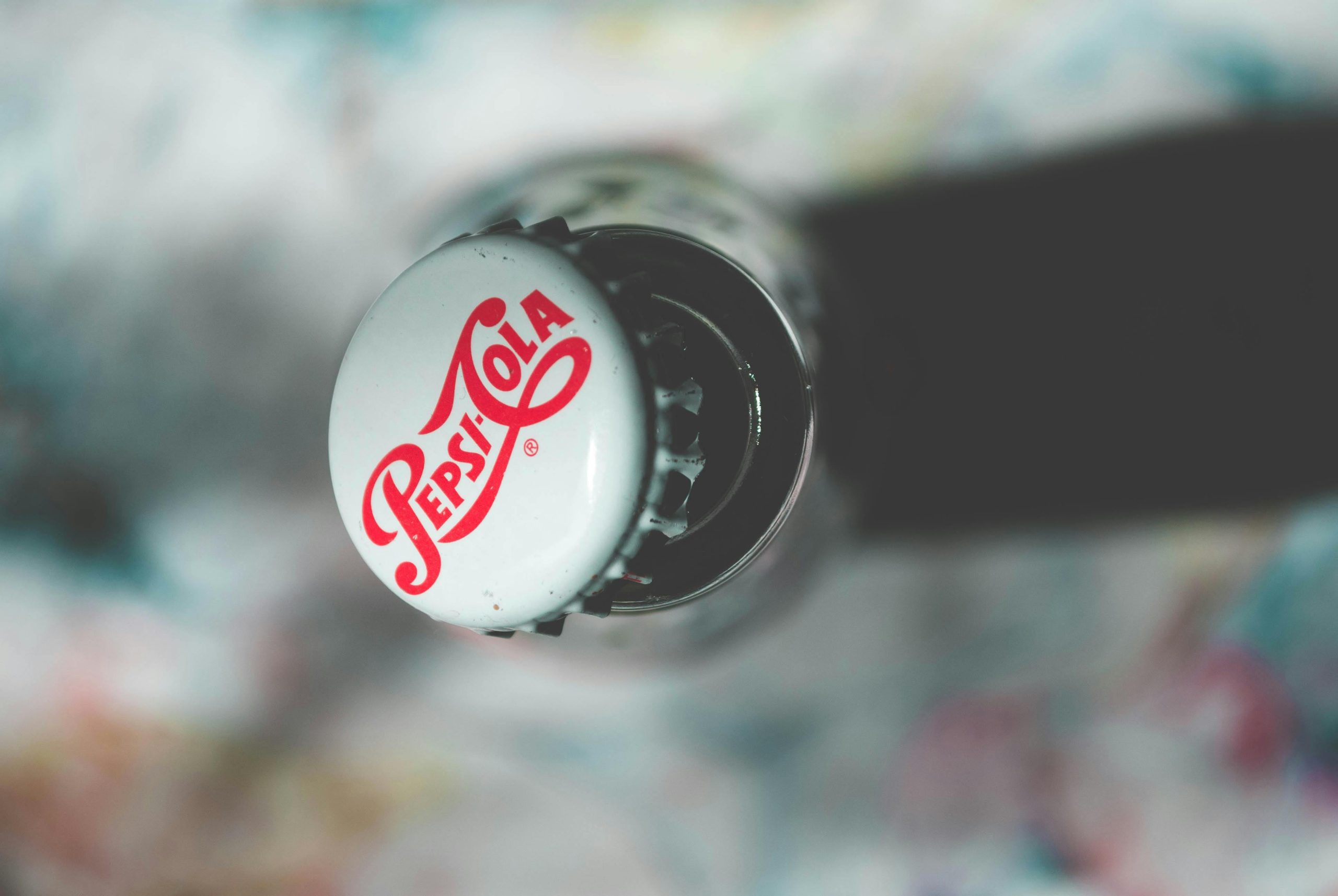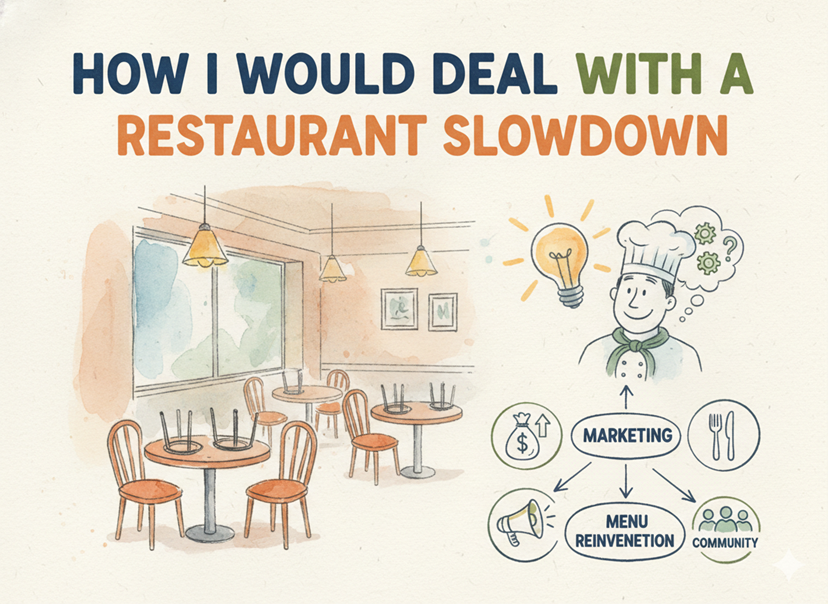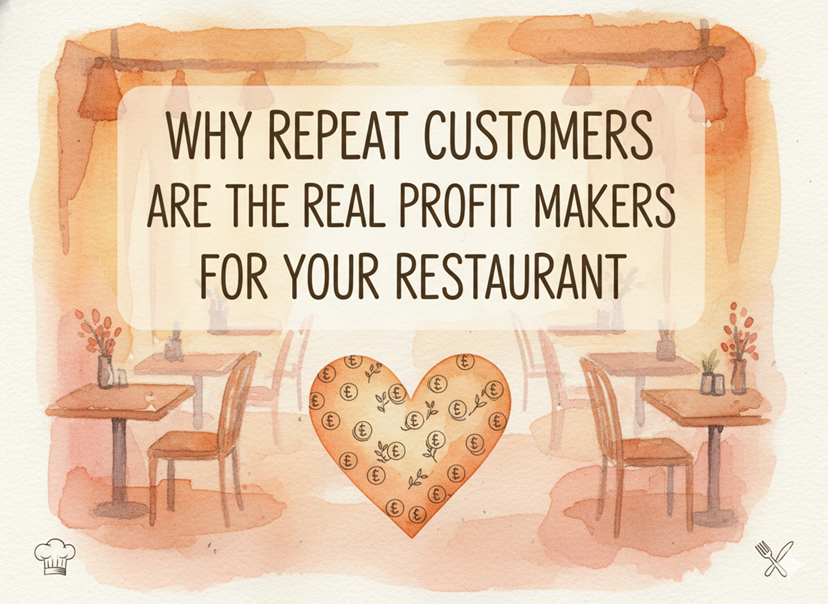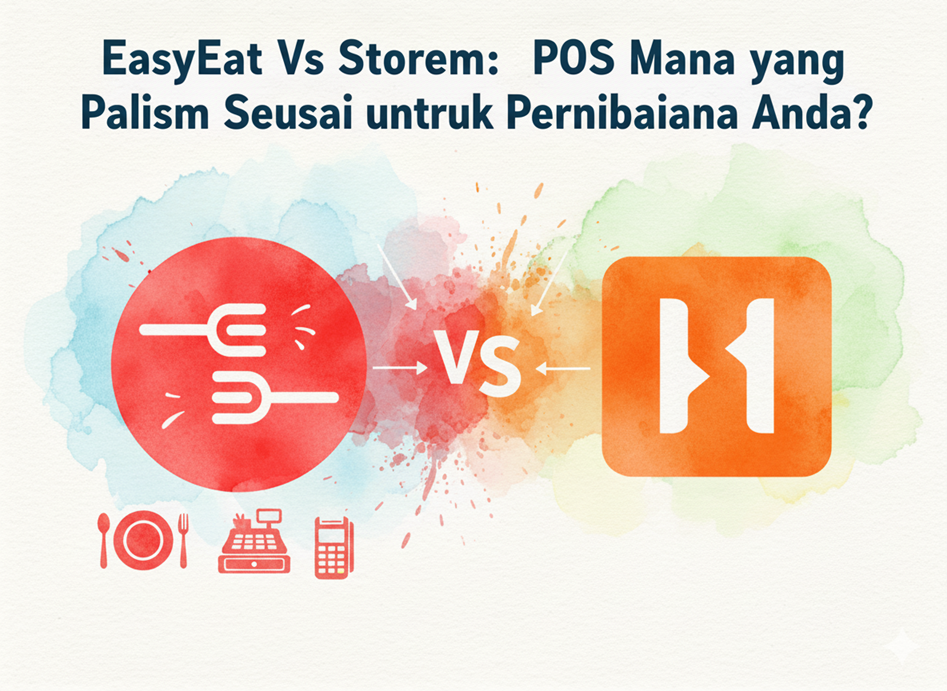If you want your restaurant to stand out and connect with customers, you need a strong brand identity. Your brand is more than just your food, it’s the feeling people get when they think about your place. It’s what makes you different from others. A well-defined brand helps people remember you, trust you, and keep coming back.
In this guide, we’ll talk about why branding matters, what makes a great restaurant brand, and how you can create a strong visual brand, especially through a great logo.
Why Branding Matters for Your Restaurant
Branding is not just for big companies. Even if you have a small place, a strong brand helps you attract the right customers. Think about the most popular restaurants. What makes them special? It’s not just the food, but the way they present themselves.
A study by Nielsen found that 59% of customers prefer to buy from brands they recognize. That means if your restaurant has a clear and memorable brand, people are more likely to choose you over others.
Your brand identity includes your name, logo, colors, fonts, and even the way your staff interacts with customers. When all these elements work together, they create a strong impression.
What Makes a Strong Restaurant Brand Identity?
Your brand identity is the personality of your restaurant. It tells people what you stand for and what they can expect. Here are the key elements you should focus on:
1. Your Restaurant’s Name
Your name is the first thing people notice. It should be easy to remember, easy to pronounce, and reflect what you offer. If your restaurant serves Italian food, a name like “Mama Rosa’s Pasta” gives a clear idea. Avoid complicated names that people might forget.
2. Your Story
People love stories, and you should be able to tell yours in the best possible way. Why did you start this restaurant? What makes your food special? Sharing your story helps customers connect with you on a personal level. Whether it’s a family recipe or a passion for local ingredients, your story makes your brand unique.
3. Your Visual Identity
This is where design plays a big role. Your visual identity includes your logo, colors, fonts, and even the design of your menu. A consistent look makes your restaurant easily recognizable.
4. The Atmosphere
The vibe of your place—whether it’s cozy, modern, or lively- should match your brand. If you call yourself a “rustic café,” but your place looks like a fast-food joint, customers will feel confused. Make sure everything, from furniture to music, fits your brand.
5. Customer Experience
How you treat customers is part of your brand. Friendly service, quick responses on social media, and a welcoming attitude make people want to return. A study by Harvard Business Review found that emotionally connected customers are 52% more valuable than highly satisfied ones.
Why Visual Branding is So Important
People process images much faster than words. Studies show that 90% of the information our brains absorb is visual, which means your restaurant’s colors, logo, and overall design play a huge role in how customers perceive you. A strong visual brand does more than just look good—it works for you in several ways.
First, it makes your restaurant instantly recognizable. Think about big brands, you can spot their logos from a distance. The same should apply to your place. When people see your colors or logo, they should immediately think of your food and experience.
Second, a well-designed visual brand builds trust. If your menu, social media, and decor all look professional and consistent, customers will feel more confident dining with you. On the other hand, if your branding is all over the place, different colors on your menu and website, mismatched fonts, people will question your credibility.
Third, a strong visual identity helps you stand out. There are so many restaurants out there, and many serve similar food. What makes you different? Your brand’s look and feel. A unique, cohesive design sets you apart and makes you more memorable.
Finally, consistency is key. If your Instagram posts use bright, fun colors, but your actual restaurant has a dull, plain look, customers will feel confused. A well-planned visual identity keeps everything in harmony, from your physical space to your online presence.
Steps to Build a Strong Visual Brand
Once you have a logo, the next step is building a complete visual identity. This means making sure every part of your restaurant—from the menu to staff uniforms—reflects the same style. Here’s how you can do it:
Pick a Color Palette
Colors have a big impact on how people feel. Warm tones like red and yellow can make people hungry, while green gives a fresh, healthy vibe. Blue is calming but can sometimes reduce appetite, so use it carefully.
Choose 2-4 main colors that represent your restaurant’s personality. If your place is fun and casual, bright, bold colors work well. If it’s more upscale, deeper, muted tones might be better. Once you pick your colors, use them everywhere—your logo, walls, menus, website, and even takeout bags. Consistency makes your brand stronger and more recognizable.
Select Fonts That Match Your Style
Fonts have personalities, just like colors. A fancy script font might work for a high-end steakhouse, while a bold, simple font suits a burger joint. The key is to pick 2-3 fonts max and stick with them. Too many fonts can make your branding look messy.
Use one font for headings (like your restaurant name on the menu) and another for body text (like dish descriptions). Make sure they’re easy to read—especially on your menu, where customers need clarity.
Design a Memorable Menu
Your menu isn’t just a list of dishes—it’s part of your brand. A well-designed menu uses your colors and fonts, has a clean layout, and makes ordering easy. A cluttered, hard-to-read menu can make your restaurant feel unprofessional.
Keep it simple. Use high-quality images if needed, but don’t overdo it. White space helps the text breathe, making it easier for customers to scan. If you have signature dishes, highlight them with a small icon or a different color.
Keep Social Media On Brand
Your Instagram, Facebook, and other social media pages should look like they belong to your restaurant. Use the same colors, fonts, and style in your posts. If your restaurant has a rustic feel, your photos should reflect that—warm lighting, wooden tables, cozy vibes.
Posting random, off-brand images can confuse customers. For example, if your restaurant is known for elegant fine dining, but your social media posts look like a fast-food chain, people won’t know what to expect when they visit. Keep everything aligned with your visual identity.
Train Your Staff to Represent Your Brand
Even small details like uniforms and name tags should match your brand. If your restaurant is fun and casual, staff can wear colorful aprons or t-shirts with your logo. If it’s a formal place, neat, professional attire works better.
The way your staff interacts with customers also affects your brand. Friendly, attentive service fits a warm, welcoming restaurant, while a more reserved, polished approach suits high-end dining. Make sure your team understands the vibe you want to create.
Why Your Logo is the Most Important Part of Your Visual Identity
A strong logo does three crucial things for your restaurant:
First, it creates instant recognition. When people see the golden arches, they immediately think of McDonald’s. When they spot the green mermaid, Starbucks comes to mind. That’s the power of a well-designed logo. It acts like a visual shortcut that helps customers remember you. Research shows that people process images 60,000 times faster than text, which means your logo often makes the first impression before customers even read your name.
Second, your logo builds trust. A professional, well-thought-out logo tells customers you’re serious about your business. It makes your restaurant look established and reliable. On the other hand, a poorly designed logo can make your place seem amateurish, even if your food is amazing.
Third, your logo communicates your restaurant’s personality. Are you fun and casual? Elegant and upscale? A great logo silently tells that story through colors, shapes, and fonts before customers even step inside.
Because your logo appears everywhere—on your sign, menus, website, social media, packaging, and even staff uniforms—it becomes the most consistent part of your brand. That’s why getting it right is so important.
How to Create a Logo That Perfectly Represents Your Restaurant
Now that you know why your logo matters, let’s talk about how to create one that truly works for your business.
Start by Understanding Your Brand
Before you sketch a single line, you need to be clear about what your restaurant stands for. Ask yourself what’s the personality of your place? (Fun and casual? Sophisticated and elegant?) Who is your ideal customer? And what makes you different from other restaurants?
A playful burger joint might go for bold colors and quirky fonts, while a high-end steakhouse would likely choose sleek, minimalist designs. Your logo should feel like a natural extension of your restaurant’s vibe.
Keep It Simple
Some of the most successful logos in the world are also the simplest. Think about McDonald’s golden arches or Nike’s swoosh—they’re clean, memorable, and easy to recognize even from a distance.
A complicated logo with too many details might look interesting up close, but it often becomes a blur when scaled down for menus or social media. Stick to clean lines, uncluttered designs, and fonts that are easy to read.
Choose Colors That Work for Your Restaurant
Colors aren’t just decorative, they influence how people feel about your brand. Here’s what different colors can communicate:
Red and yellow (like McDonald’s or Burger King) trigger hunger and excitement—great for fast food.
Green feels fresh and natural, perfect for health-focused or organic restaurants.
Blue is calming but can suppress appetite, so use it carefully (it works well for seafood places).
Black and gold suggest luxury and sophistication, ideal for fine dining.
Pick 1-2 main colors that match your restaurant’s personality and stick with them. Too many colors can make your logo look messy.
Make Sure It Works Everywhere
Your logo needs to look good, whether it’s on a giant sign outside your restaurant or a tiny app icon on someone’s phone. Test it at different sizes to make sure that all the details are still clear when it’s small, the text remains readable, and it looks just as strong in black and white as it does in color
A good rule? If you can recognize your logo when it’s the size of a postage stamp, it passes the test.
Avoid Trends That Will Date Quickly
It might be tempting to use the latest design fad, but remember—your logo should last for years. What looks cool today might look outdated in just a few years. Instead of chasing trends, aim for a timeless design that will still feel relevant a decade from now.
Know When to Get Professional Help
If you’re not confident in your design skills, investing in a professional designer is worth it. A great logo can last for decades (think Coca-Cola or Pepsi), so it’s not the place to cut corners. A good designer will help you create multiple concepts for you to choose from, make sure the logo works in all the necessary formats, and provide guidelines for how to use it consistently
Even if you’re on a tight budget, there are affordable options like design contests or working with design students who are building their portfolios.
FAQs About Restaurant Branding
Your restaurant’s brand is what makes you unique. A strong brand identity helps you attract the right customers and keep them coming back. Start by defining your story, then build a visual brand that reflects it. A great logo, consistent colors, and a professional look will make your restaurant stand out.
Take your time with branding—it’s not something you rush. When done right, it becomes your biggest strength. Now, go make your restaurant unforgettable!




